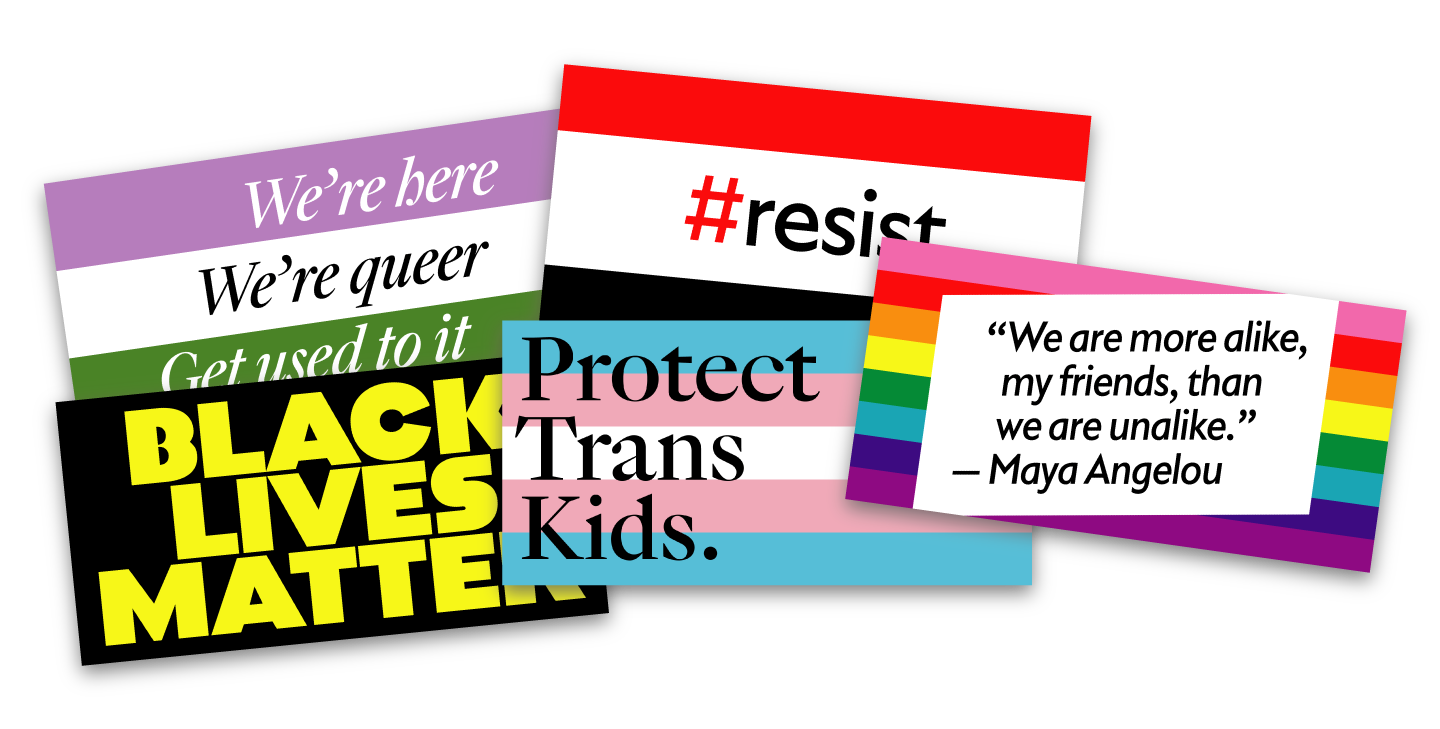A nearly full calendar year of mandatory work from home has been a mixed bag for me. I’m good at working from home, and have a long freelance career behind me, so that wasn’t really the tough part. Working at an agency, but from home, was a bit harder. In the typical office setting you’re collaborating, and you’re sharing a lot of the small stuff, the stuff that makes the work better in hard-to-measure ways. But at some point this year, I did start to try and measure those ways.
And what I found was, sure, the lockdowns and social anxieties are not helping my general mood, but there was something else that was eating at me. It took me a while to realise that, in the transition from a 50-colleagues office to a one-dog-on-my-lap office, I lost the little moments of education. The sharing of arcane design tool knowledge, the brief can-you-come-have-a-look sparring… the education. The teaching that we do, back and forth, while we work to answer design questions together. And suddenly a lot of my frustration made sense. I wanted to teach more than I could. Continue reading
